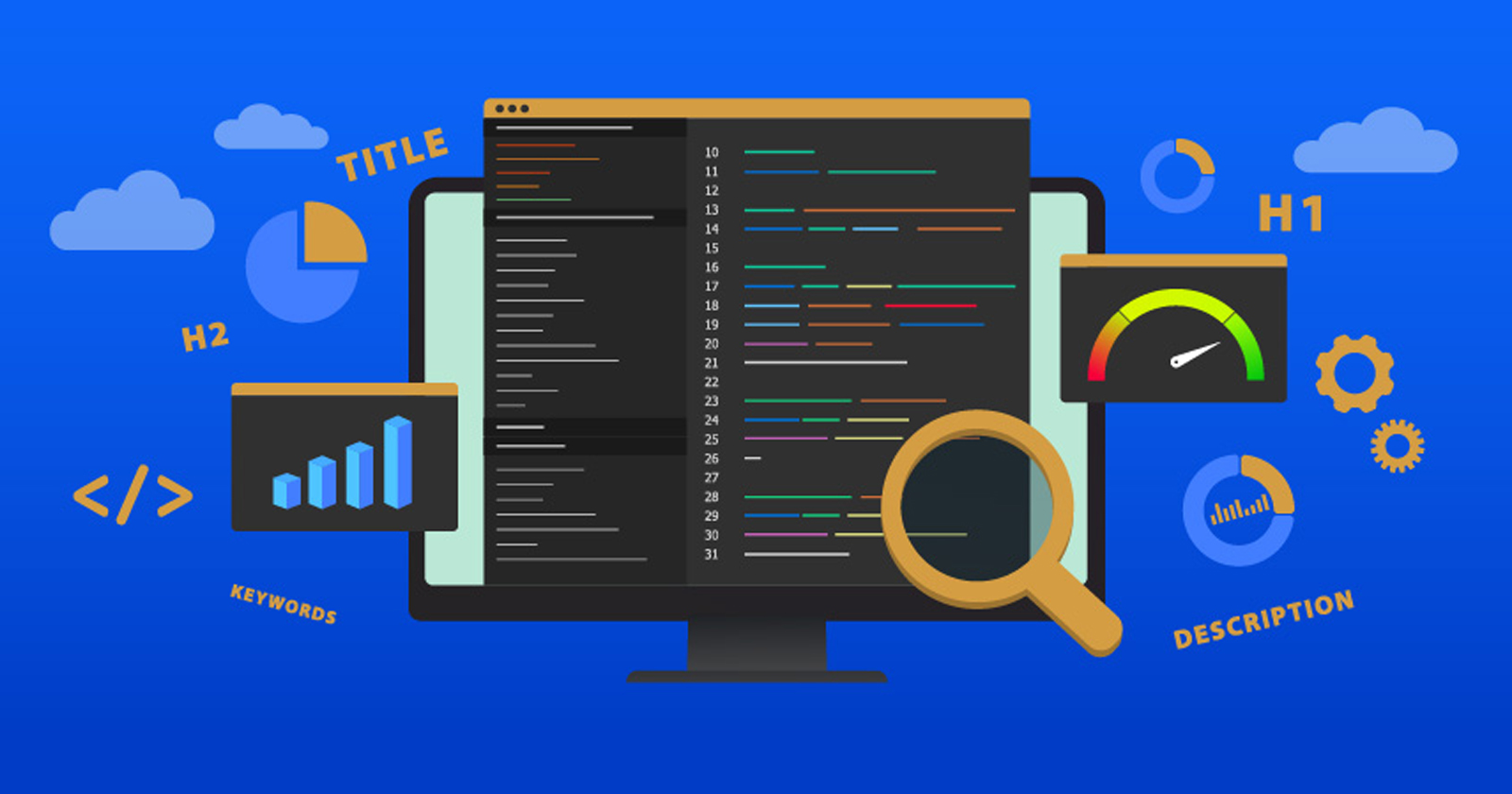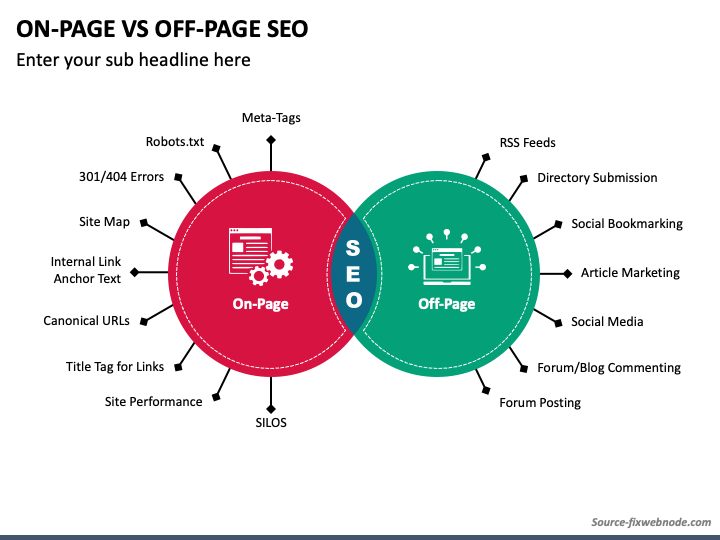Write Engaging Meta Descriptions
by Admin
Posted on 13-06-2023 08:59 PM

There is no single most important factor.
 Most elements will not work without the others. You can write great content, but if your keyword isn’t in the title or meta description, it likely won’t rank. The basic things to learn for on-page seo are:
writing to match search intent
optimizing titles, meta descriptions, and headings
adding relevant images with alt-text
start here and you can add on other things later.
Most elements will not work without the others. You can write great content, but if your keyword isn’t in the title or meta description, it likely won’t rank. The basic things to learn for on-page seo are:
writing to match search intent
optimizing titles, meta descriptions, and headings
adding relevant images with alt-text
start here and you can add on other things later.
Google often rewrites meta descriptions, but it’s still a good idea to write a descriptive one that includes your primary keyword. For example, google replaced my meta description for my guide about 301 redirects with the first couple sentences of my content:.
The meta description is an extremely important component of your on-page seo checklist. It is the snippet of text that is displayed below the page title in the search results pages. It is used by the search engines to understand what a web page is about. Therefore, your web pages must have crisp meta descriptions that incorporate relevant keywords in an organic manner. In addition, a well-articulated meta description also has a positive impact on your ctr. Write it in a way that makes the searcher want to click. Your meta description can help drive organic website traffic and improve your search engine rankings even further.
The meta description is a few lines of text just below the page title. The meta description is an extended version of the page title. I copy the page title into the meta description box and add a call to action towards the end. Use the preview box in yoast or the test tool to maximise the space. Here’s the desktop view. Here’s the mobile view. I was also shocked to discover that google rewrites over 62% of meta descriptions. Here’s an example showing how google rewrote my meta description. Every page on a website has a url to identify it from other pages uniquely.
Use Headings and Subheadings to Structure Your Page
A very significant area of onpage optimization is the continuous improvement of website content. This includes text, images and videos.
 Texts should be unique and perfectly satisfy the search needs of the target group, and keyword stuffing should be avoided. It is also important that text elements are clearly structured, for example with subheadings and h-tags.
Texts should be unique and perfectly satisfy the search needs of the target group, and keyword stuffing should be avoided. It is also important that text elements are clearly structured, for example with subheadings and h-tags.
Header tags are pieces of html code that help structure the headings and the subheadings of a page. These can tell search engines what the most important elements of the page are. As an example, the h1 tag is generally the main header of a page. You’ll want to include your keyword here.
These tags have so many benefits. First of all, it gives users a better experience. If they land on a web page and see categories and subheadings, it’s easier for them to read and find what they’re looking for. Secondly, when google reads your content, it looks at the title tags and headings. If your keywords are placed in a heading or title, it will understand that this is what your page is about. There are lots of different tags available to use. Always try and put your keywords in titles and headings. We will discuss this further in our next chapter about writing an seo-friendly page title.
Optimize for Page Speed
Since we’ve started speaking about website speed, here is some food for thought: apparently, unoptimised pictures have a 90% impact over site speed — so using the right format (e. G. Jpeg instead of png) and optimising them further with plugins like wp smush is essential. On top of that, you need to make sure that your images weight lighter than a feather. If they're heavy and bulky, this will affect page load speed, which in turn, negatively affects seo. There are millions of online tools for image compression, e. G. Optimizilla or image optimizer (i prefer the first one).
On-page seo (also known as “on-site” seo) is the act of optimizing different parts of your website that affect your search engine rankings. Where your website appears in search engine results pages is determined by a number of ranking factors including site accessibility, page speed, optimized content, keywords, title tags, etc. On-page seo is about optimizing the stuff that you have control over and can change on your own website.
Search engine optimization best practices are evolving all the time as web user and online consumer behavior changes, and right now the best approach to seo is having a solid strategy in place to address both on- and off-page elements. On-page, the main concerns are quality content and making sure the technical aspects of the site have been optimized for speed, efficiency, and keywords. Off-page, the most important thing you can do is encourage quality backlinks from authoritative sites, because this will guarantee search engines see your site as relevant and important, and you'll be rewarded with a higher rank.
The primary search ranking factor is relevance. When a user enters a query, the search engine selects and ranks the pages according to how well they correspond to the intent of that query. Although algorithms also take into account other factors, relevance is fundamental. Relevance is assessed by search engines based on the signals found among your on-page elements like titles, meta descriptions, copy, image alt descriptions, etc. Keeping an eye on your onpage seo is essential if you want users searching for your services to be able to find them.
Think of the most basic search engine optimization tactics: using keywords in your page title and webpage copy optimizing the meta description to stand out on search engine results pages (serps) using html code and alt tags that’s the foundation for on-page seo. Think of it as all the measures you take directly within your website content to: make it easy for search engine bots to interpret individual web pages increase website visibility and search ranking position give end users accurate and enticing serp click-through previews maximize content quality, structure, and overall page performance what, exactly, contributes to successful on-page seo? let’s take a closer look at the key factors.
You can quickly preview the posts and get a bunch of useful seo stats telling what page factors correlate with a page’s ranking power. Based on this, you will see what type of page you need to create and where to apply your maximum optimization efforts, either keywords or backlinks or something else.
Broadly, search engine optimization (seo) is the process of enhancing your online presence to drive more traffic from search engine results pages (serps) to your website by improving its visibility and ranking. The part of seo that involves optimizing a website’s content and source code is known as on-page seo (as opposed to off-page seo). In other words, on-page seo is the work you put into revising and developing your webpages. There are various ranking factors for on-site seo, including loading speed, content, urls, meta tags (html code that provides information about a webpage to search engines and website visitors), links, and code cleanliness (how well the code is structured, organized, and written).